Internet forum bonds Classic Lightnings
Published on July 12th, 2021
by Jim Force
Tom Doroff admits he didn’t know what he was getting into when he started restoring his 1967 vintage, home-built Lightning #9688 five years ago.
There was the canvas deck, new cockpit combing and seats, pintle and gudgeon replacement, centerboard lift system, flotation, rigging, fittings, epoxy filler, coatings, and on and on.
And while he’s learned a lot by trial and error, an internet discussion forum for Classic Lightnings has helped him even more. The forum binds hundreds of woody owners together like glue, offering advice on repairs and restoration; providing a marketplace for parts, sails and boats; and generally promoting camaraderie among the hundreds who post and visit the site.
Its handle is http://groups.io/g/classic-lightning, and it’s also accessible via the Resources tab on the International Lightning Class Association (ILCA) website (www.lightningclass.org)
“It’s like having engineers, experts, a guru or two, sages, story tellers, historians and a few good BS’ers all in the same place at the same time,” says Doroff, who lives in Colorado.
The Lightning.
The Lightning was originally designed by Olin Stephens in 1938 as a family day-sailor/racer. Its family of racing teams are legendary, featuring Rolex winners, Olympians, America’s Cup sailors and designers and more.
But the class remains a vibrant organization for the family day-sailor and club-racer, as well. And it hasn’t forgotten its oldies, nor have all of them rotted away in barns and garages. Contributors to the Classic Lightning forum are determined to keep as many as possible in top shape and on the water for many years.
Site administrator Bob Astrove, based in Maryland and owner of woody #7603, says about 400 woody owners visit the forum and actively post, with many more “active lurkers.”
“Over the past 15 years the Lightning Class deliberately evolved a support system for its classic boats,” Astrove explains. In addition to the internet forum, the Class hosts an annual “Get Together” regatta to celebrate these boats.
“It is a model that could easily be replicated by other one-design classes to help their members receive maximum benefits from their boats. It also creates a low-cost entry point for new sailors and attracts the home hobbyist who enjoys tinkering with boats every bit as much as sailing them,” he adds.
“And it promotes the re-discovery of fun beyond the regional and national regatta circuit. This is essential for long-term building and maintenance of a strong one-design class.”
Lightning Class executive secretary Laura Jeffers agrees. On a recent U.S. Sailing webinar, she emphasized that a class is only as strong as its cheerleaders, and she praised the family aspect of the Classic Lightning community. “It’s people helping people, it’s new people asking new questions,” she said. “The number of posts has gone through the roof. It’s refreshing.”
Astrove says the definition of a Classic Lightning is intentionally kept pretty loose. “We say any Lightning built of wood, or any fiberglass Lightning with wood trim or seats, which dates back about 40 years. For our regattas, we pretty much let owners self-declare.”
Topics end-to-end.
Participants use the Classic Lightning forum to discuss topics that range from stem to stern and no question of problem is too simple or elementary for the group to take on. “Need I varnish the underside of a new plywood deck,” asks one poster (Answer: “not necessary.”)
‘What’s a boom crutch and how would I make one?” asks another. Several respondents sent photos of theirs.
The owner of #10284, a 1967 Lippincott fiberglass hull with wood spars, says the boat was a roadside foundling in the Blue Ridge Mountains of Virginia. “I’m finally getting around to refurbishing and rebuilding her,” he reports. “This is a new venture for me, so I’ll be posting questions as work progresses and will be posting pictures as well.”
Hungry for info.
While many of the Classic Lightning owners have been sailing these boats since they were kids, some of the participants in the forum are brand new and hungry for any information and advice they can get.
Rigging and hardware get a lot of attention. Those who still want to race competitively have questions about mast positioning and bend, wire tension, and halyard stretch. Others who want to authentically restore their boats go on the page seeking original bronze fittings. One participant simply packed up a bunch of old fittings from his junk box and sent them off to another member, cost of postage only.
Repair and replacement of decks are a regular topic. Since many of the early boats had canvas covered decks, a lot of owners want to return to or repair that material and have questions about stretching, fastening, and painting, Others have fiber glassed their decks, and some maintain meticulously finished wood surfaces.
The original Lightnings used a Crosby main sheet setup, but some members want to change over to a traveler rig and ask how to do that. Instructive diagrams and photos come back from those who’ve already made the switch.
Rudders often need to be replaced on old boats, so posters share instructions on making new ones out of mahogany or marine plywood, complete with places to obtain new pintles and gudgeons. Again, photos or drawings often accompany the advice.
One poster shared a photo of a frayed lower shroud, prompting advice from several colleagues to avoid sailing the boat without replacing it. One of them sent an extra shroud he had, suggesting only a contribution to the Class in return.
Another sailor is building his own trailer and asks the group about the ideal position of bunks and hold-down straps. Several chime in on proper placement and assure him the boat won’t shift back or forward.
There’s a seemingly endless discussion of paints, varnishes, fairing compounds, epoxy and more, with posters sharing results they’ve had with traditional versus more modern materials, how to save time and get the best results, what works and—maybe more importantly—what doesn’t.
Strategy, too.
Sometimes the advice veers away from parts and pieces and wanders into sailing strategy. Responding to a question about different colors to distinguish various lines, one old-timer offered: “You and your crew should all instinctively know where every one of those lines are and how to handle it. You want a crew who moves around like a cat, works like a horse, and by glancing around the boat on the way to the starting line knows and remembers where every one of those lines is lead.
“If they are deficient in any area, send him back to Junior Sailing until next season and find someone who doesn’t need a color-coded spinnaker sheet to have the chute up and drawing in a length and a half from the mark.”
Then he added exceptions that included day-sailing and taking a date for a sail.
But there’s no “experts only” vibe here. “Things that many active competitors take for granted can be terrifying for those who do it only once a year,” Astrove explains. “Stepping the mast is one of these tasks.”
He points out that many participants have designed and built a variety of ‘gin poles’ to help raise the 26-foot-long stick, and many have written step-by-step guides. “These old boats don’t come with an owner’s manual like a car,” Astrove says, “and they are not all the same, having a supportive on-line users’ group has been instrumental in both supporting our members and helping renew interest in wood boats. More importantly, we are helping each other have fun working on and sailing their Lightnings.”
Gaining popularity.
Over the last two to three years, the Classic Lightning forum has been gaining momentum. Even the pandemic hasn’t slowed the pace.
“I was more afraid the pandemic was going to kill off interest in our little end of the sport,” says Astrove. “But surprisingly the interest in Classic Lightnings appears to have increased during COVID. Traffic on our forum is up by about 50 percent. And we find we have attracted new members, many who are new to Lightnings.
“Many people appear to be buying old boats with the intention of restoring and relaunching them. We have added another Classic Lightning event to our calendar and have seen an increase in people sailing old boats in regattas where you’d typically see only modern boats.
“Most encouraging of all, we are noticing a trend that many of our newest e-group participants seem to be newer sailors, helping us address the broader issues in one-design sailing today.”
That summary squares with Doroff’s final thoughts on his project:
“My progress and motivation have been sped up not only by the consulting but the supportive comments and the history of art and craft of Lightning building, restoration and sailing,” he says. “Without it, I’m not sure I would have kept up.”
And he hopes that someday his boys will enjoy sailing the boat.
Current Activity.
For each of the past 18 years, the Lightning Class has held a Classic Lightning Regatta. This year’s event was just held June 25-27. We actually call it a “Get Together” as not all the boats race or may choose to participate in one of two races over the course of the weekend.
For the past eight years the event has been held on Keuka Lake in the Finger Lakes region of Upstate New York, with the support of the Keuka YC, the Finger Lakes Boating Museum, and the International Lightning Class Association.
The included photographs are all from our 2021 event which this year included five boats past 80 years old along with boats from the 1950s and 1960s.
Photos by Jon E. Nelson: https://www.admiralstudios.net/KeukaLake/2021-Lightning-Fleet-Champagne-Regatta
‘’




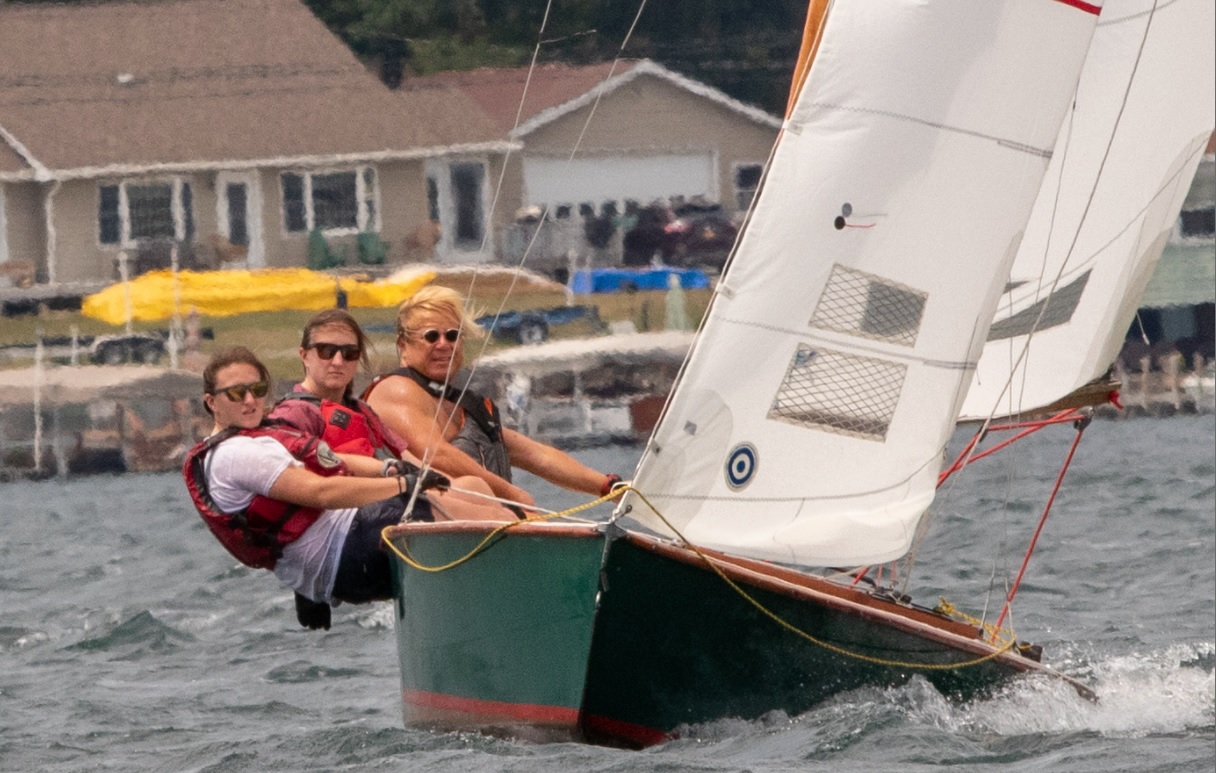
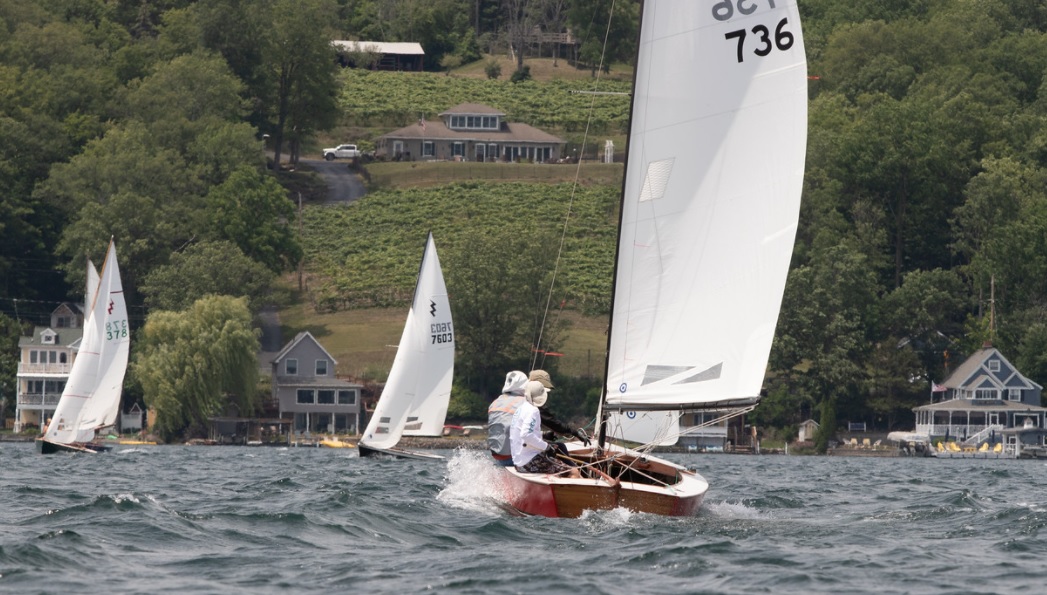
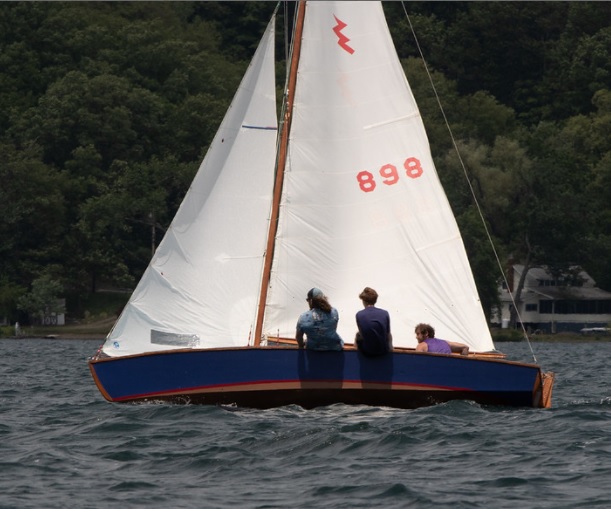
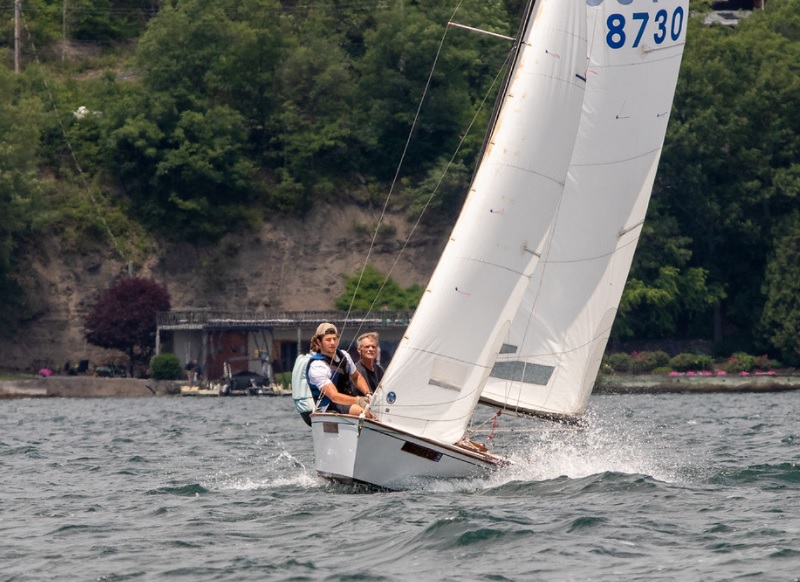

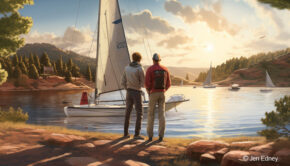
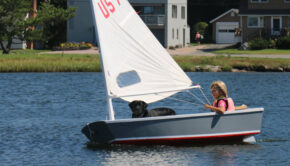
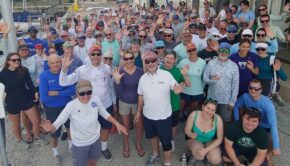
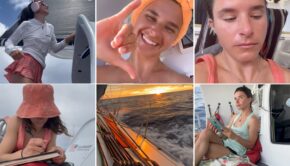
 We’ll keep your information safe.
We’ll keep your information safe.